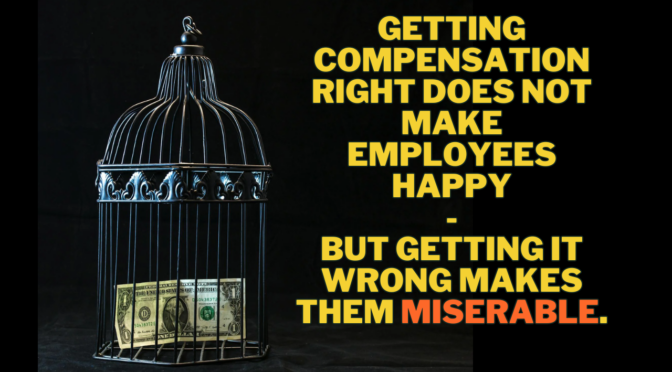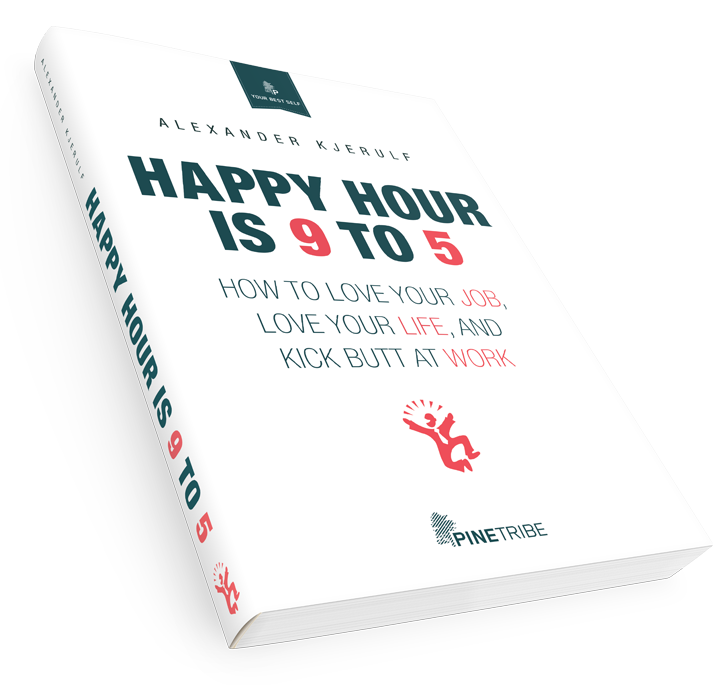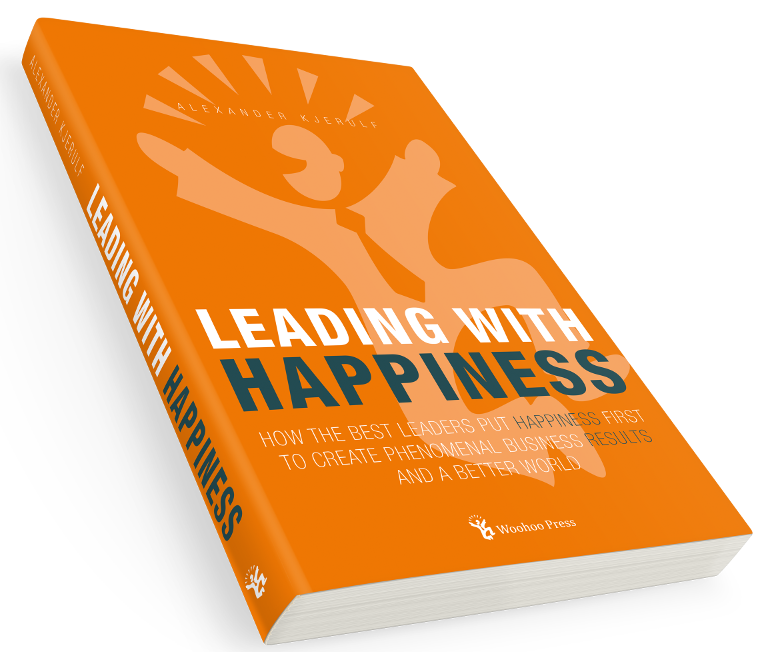Did you know, that you run a greater risk of being killed by pigs than by sharks? And now that you know, do you fear pigs more than sharks?
In Beyond Fear, Thinking sensibly about security in an uncertain world, Bruce Schneier explains security, and manages to do so in a way that is clear, understandable, sensible, surprising and interesting. Here’s a quote from the book:
Fear is the barrier between ignorance and understanding. It’s paralyzing. It makes us do dumb things. Moving beyond fear means freeing up out intelligence, our practical common sense, and our imagination. In terms of understanding and implementing sensible security, moving beyond fear means making trade-offs openly, intelligently, and honestly. Security is a state of mind, but a mind focused on problem-solving and problem-anticipating. Security is flexible. Fear is also a state of mind, but it’s brittle. It results in paranoia, paralysis, and bad security trade-offs.
The book pokes hole after hole in traditional security thinking. Strict airline check-ins, NY subway bag checks, armed sky marshalls and ID-checks at corporate and public buildings are all exposed for what they really are: Bad security trade-offs that result in large expenses and much inconvenience and offer little real increase in security.
The book is great and it’s also important. It shows us how to keep our collective sanity and uphold civic liberties in an increasingly complex and uncertain age. Read it!






